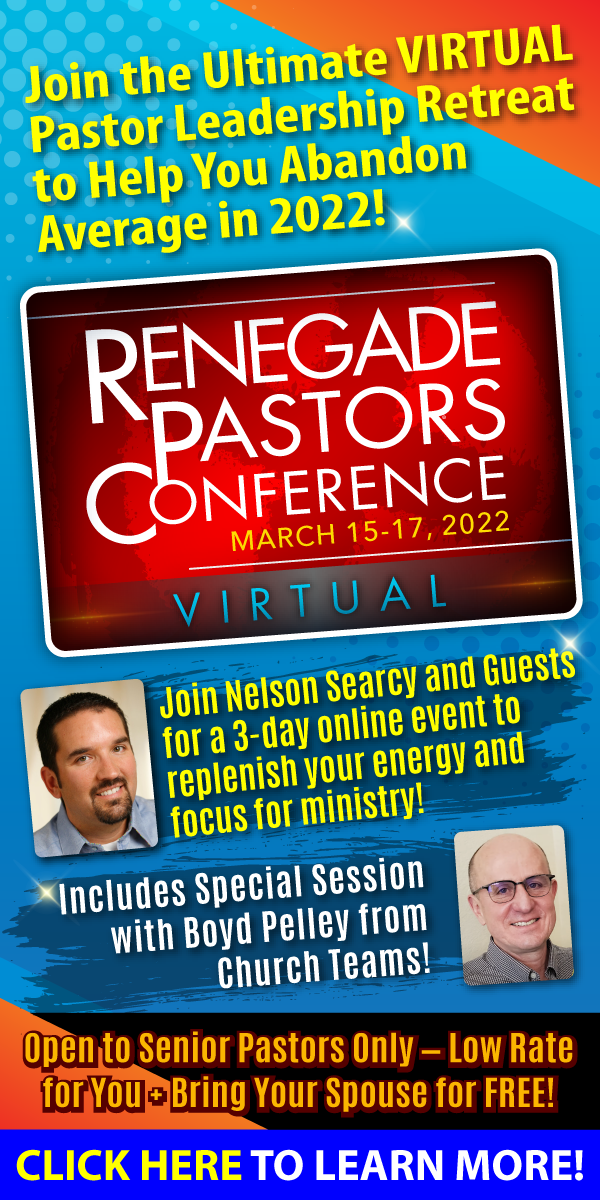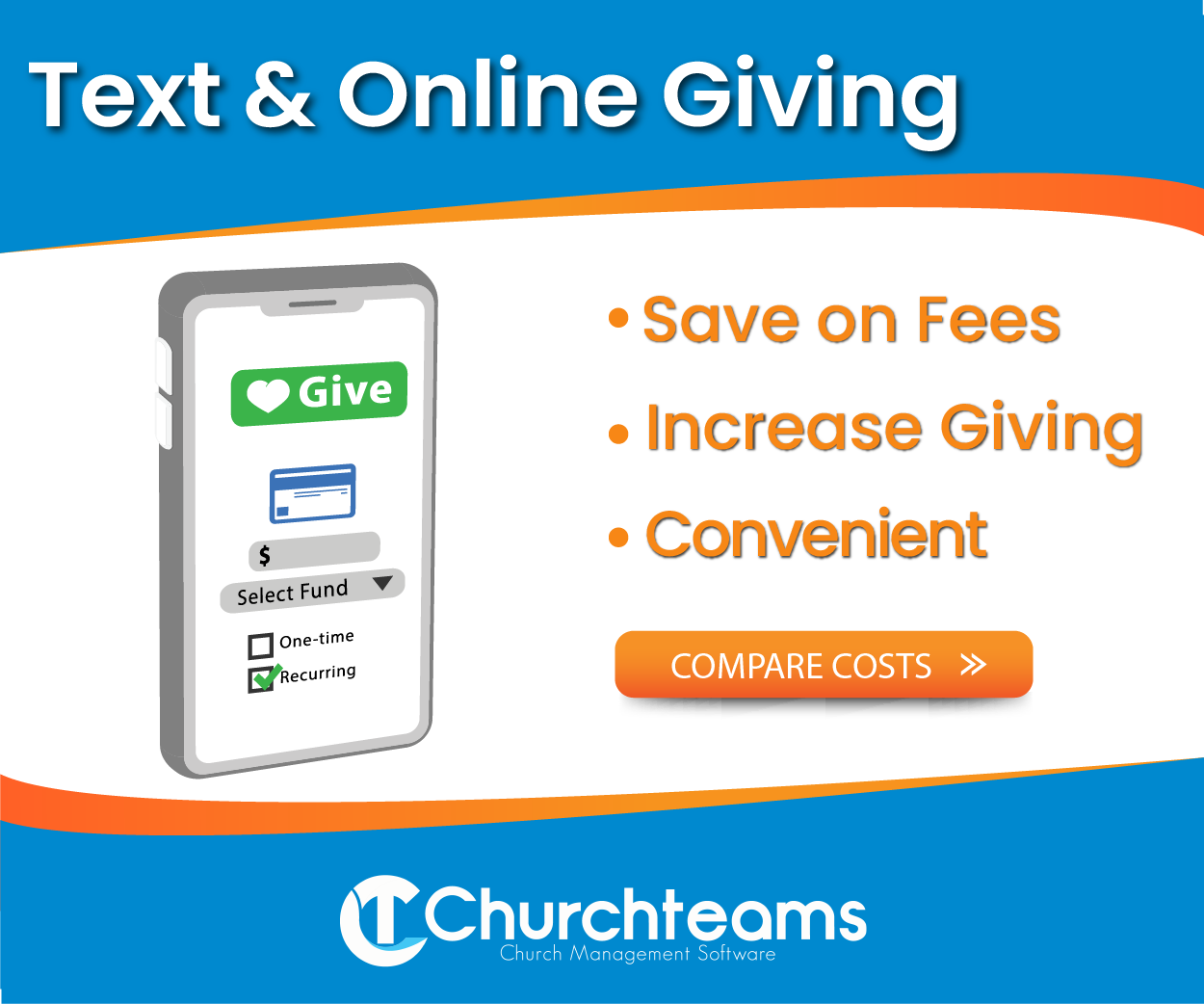 Blended worship in 2019 referred to the style of music in services. Should we offer contemporary, classic, country-western, or blended? This has been an issue for decades.
Blended worship in 2019 referred to the style of music in services. Should we offer contemporary, classic, country-western, or blended? This has been an issue for decades.
In 2022 blended worship, however, refers to the channels through which worship is offered. What combination of live worship, Facebook, Youtube, Vimeo, Churchstreaming.tv, or other streaming services should we use?
Like multi-campus or multi-venue worship (on steroids), live stream has moved worship outside the walls of the church - now into every home and on every device.
This level of accessibility has been fantastic for people who are quarantining, social distancing, travelling or otherwise home-bounding. The concern, though, is that it may have built bad habits and easy excuses into the lives of people who might prefer to isolate from one of the pillars of spiritual formation - community.
The problem of connection.
In multi-campus or multi-venue systems, people are still in contact with one another. They have conversations. They greet. They serve. They encourage. Bulletins are handed out to inform attenders. Connection cards are collected to respond to them.
Towards the end of 2019, before we knew anything about Covid, we released a feature we call All Check. We called it that because it really does everything you need. It allows ...
One person to check everyone in the family into every activity in which they are participating that morning (or evening). Both kids and adults, into all their classes, serving and worship.
And they can do it by sending a text, clicking the link they get back and checking their involvement. All as they pull into the church parking lot.
The technology then takes attendance, prints name tags, texts back the security code, and redirects them to today's digital bulletin. All as the family walks into the building.
People already have the texting app on their phone and they know how to use it. They are comfortable with the technology and you don't have to convince and train them to download or learn anything new.
When churches re-opened after Covid, All Check provided an effective way for them to provide touchless check-in on campus. Some even added QR code signs so that all people had to do was point and click to send.
But I think one of the most powerful possibilities of All Check is to make the connection process for BOTH live and live-streaming identical.
Benefits of identical connection processes.
- Stage comments apply equally. You don't need one set of instructions for live and another for live-streaming ... or even later viewing!
- Live streamers have a greater sense of belonging. They get the same digital bulletin and can respond exactly as if they were present.
- Workflow and staff follow-up are the same. Assimilation stagnation is next week's topic.
The problem with live-stream chat.
Live-stream chat is a handy way for people to interact in real time. Combine it with links to opportunities to respond and it is a helpful technology. The problem, however, is that it is unique to the live-stream environment. As a result:
- Stage comments to chat are unique to live-stream. We gave up on #tweets for chatting during live services years ago.
- Live-streamers are singled out as different. They don't get the bulletin handed to them as they check-in. If they get it, they have to find the link somewhere else.
- Live-stream chat doesn't flow into connection card follow-up workflows.
Coming Soon - Text-to-Chat
Since it fits so well to this topic of blended worship, I'm going to go ahead and leak what will likely be our biggest release in 2022 - Text-to-Chat. You'll hear much more about it in the next few weeks. For this conversation, though, it will add the ability for people to text prayer requests, questions, and other open-ended comments using your Text-to-Church number.
Worship attenders will be able to do it whether they are live or live-streaming. By combining All Check with Text-to-Chat, we are offering the church a technology bridge to get over challenges created by blended worship. We are offering a powerful, familiar way for people to connect. And connection is the starting point for community.



